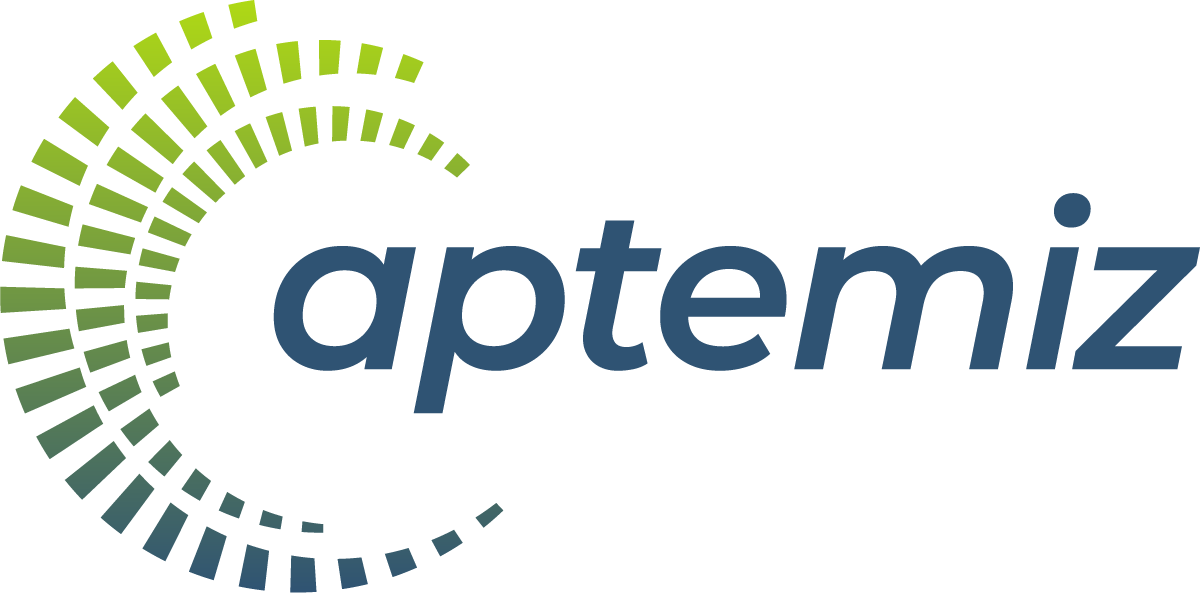As NGMA 2025 approaches, the field of grants management is undergoing a profound transformation. At Aptemiz, we recognize that the effective management of indirect costs — often overshadowed by direct expenditures — can serve as a powerful catalyst for innovation and long-term financial sustainability. In this detailed review, we examine why mastering indirect cost strategies is essential, explore emerging industry trends, and outline actionable steps organizations can take to secure a competitive edge.
Understanding Indirect Costs: Beyond the Numbers
Indirect costs, also known as Facilities & Administrative (F&A) expenses, encompass the expenditures that support an organization’s overall operations but are not directly tied to any single project. These include:
- Administrative Services: Costs associated with support staff, IT infrastructure, and essential legal and compliance functions.
- Facilities Management: Expenses such as maintenance, utilities, rent, and security.
- Operational Overheads: Shared resources that facilitate research and project execution.
Although often classified as “overhead,” these costs, when managed strategically, become a vital asset. Optimizing indirect cost management enables organizations to reinvest in core operations and drive sustainable growth.
Industry Trends: The Shift Toward Strategic Cost Management
Recent industry analyses reveal a marked evolution in how organizations approach indirect costs. Advanced analytics are increasingly used to forecast these expenses accurately, with predictive tools and real-time monitoring helping institutions reduce variances and enhance budget accuracy. Additionally, the adoption of standardized calculation methods has improved transparency and comparability, enabling organizations to identify inefficiencies and negotiate more favorable terms with funders.
At the same time, stricter compliance guidelines require robust documentation and agile cost recovery models. Staying abreast of policy changes is essential. Moreover, cross-departmental collaboration among finance, research, and operations is fostering more holistic cost management, while investments in financial technology further streamline processes and enhance overall transparency.
What to Expect at NGMA 2025
I am honored to share these insights at NGMA 2025, where I will lead two pivotal sessions designed to convert these concepts into actionable strategies:
“Leveraging Indirect Cost for Maximum Return”
Thursday, March 13, 2:45–3:45 PM
International Ballroom
In this session, we will focus on transforming indirect cost management into a strategic initiative through data-driven methodologies and standardized practices. Practical approaches to optimizing cost recovery and enhancing financial sustainability will be explored.
“Navigating Indirect Cost in the Changing Grants Landscape… NIH and Beyond”
Friday, March 14, 8:00–9:00 AM
Jefferson Room
This session will examine the evolving regulatory environment, addressing both the challenges and opportunities it presents. Attendees will receive actionable recommendations for maintaining compliance while maximizing returns.
Actionable Strategies: Turning Challenges into Opportunities
Drawing on current industry trends, organizations can immediately implement several key strategies:
- Invest in Advanced Analytics:
Embrace financial management tools with predictive capabilities and real-time monitoring to identify inefficiencies and optimize indirect cost recovery. - Standardize Cost Recovery Processes:
Develop clear, standardized methodologies for calculating indirect costs. Benchmarking against industry standards drives continuous improvement and enhances transparency. - Foster Cross-Departmental Collaboration:
Create integrated teams across finance, research, and operations to share insights and develop innovative strategies that improve overall efficiency. - Regularly Review Regulatory Compliance:
Maintain a proactive review of policy changes and conduct periodic audits to ensure transparency, support strategic reinvestment, and mitigate risk.
Conclusion: A New Era of Financial Strategy
The management of indirect costs is evolving from a routine accounting function into a strategic imperative that fuels innovation and secures long-term success. NGMA 2025 offers a unique opportunity to lead the conversation on transforming indirect cost management and establishing new benchmarks for excellence in grants management.
I invite you to connect with me at NGMA 2025 to discover how Aptemiz can help you turn indirect cost challenges into strategic opportunities. Stay tuned for live updates as we continue to share insights and success stories throughout the conference.

